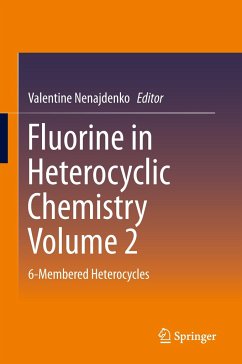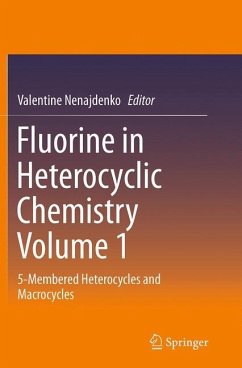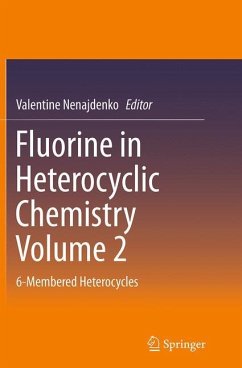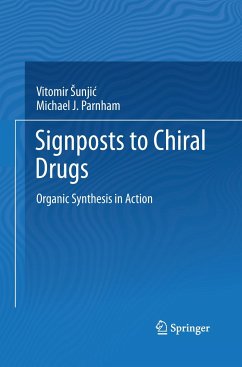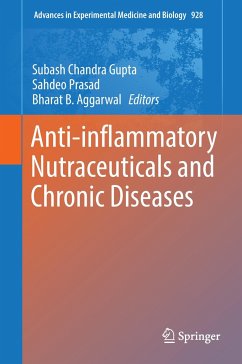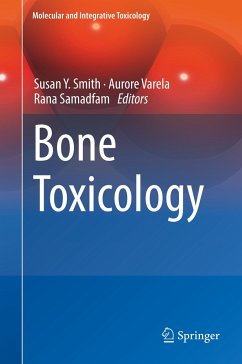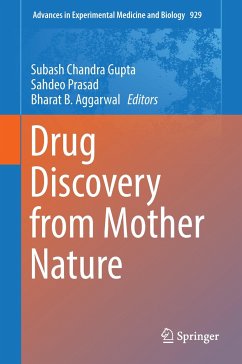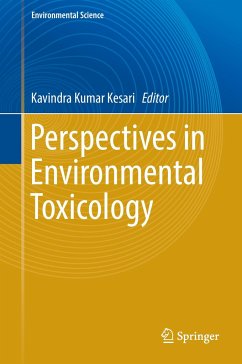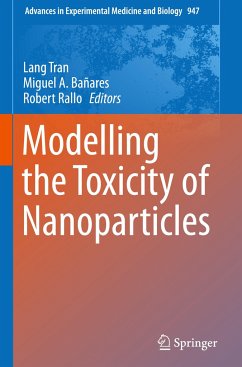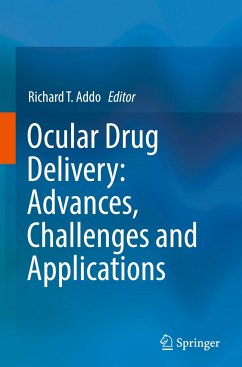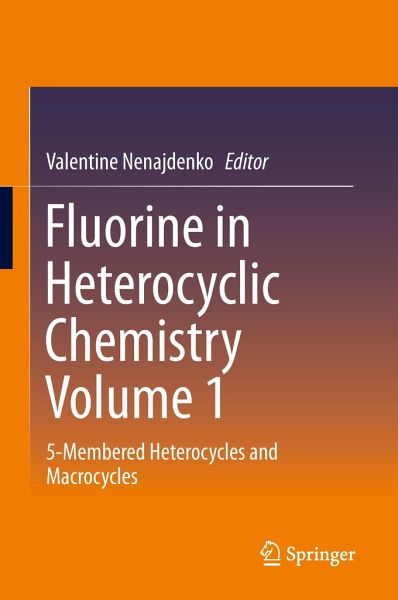
Fluorine in Heterocyclic Chemistry Volume 1
5-Membered Heterocycles and Macrocycles
Herausgegeben: Nenajdenko, Valentine

PAYBACK Punkte
58 °P sammeln!
This two-volume work combines comprehensive information on the chemistry of the fluorinated heterocycles. The material has been divided such that the first volume is dedicated to 5-membered fluorinated heterocycles and macrocycles, while the second volume combines data connected with the chemistry of fluorine containing 6-membered heterocycles. Both volumes will be of interest to synthetic organic chemists in general, and particularly for those colleagues working in the fields of heterocyclic-compound chemistry, materials chemistry, medicinal chemistry, and fluorine chemistry. All information ...
This two-volume work combines comprehensive information on the chemistry of the fluorinated heterocycles. The material has been divided such that the first volume is dedicated to 5-membered fluorinated heterocycles and macrocycles, while the second volume combines data connected with the chemistry of fluorine containing 6-membered heterocycles. Both volumes will be of interest to synthetic organic chemists in general, and particularly for those colleagues working in the fields of heterocyclic-compound chemistry, materials chemistry, medicinal chemistry, and fluorine chemistry. All information is presented and classified clearly to be effective source for broad auditory of chemists. It will be interesting for scientists working in the field of inorganic and coordination chemistry. Fluorinated heterocycles are becoming increasingly important in many areas including the pharmaceutical industry, materials science and agriculture. The presence of fluorine can result in substantial functional changes in the biological as well as physicochemical properties of organic compounds. Incorporation of fluorine into drug molecules can greatly affect their physicochemical properties, such as bond strength, lipophilicity, bioavailability, conformation, electrostatic potential, dipole moment, pKa etc. as well as pharmacokinetic properties, such as tissue distribution, rate of metabolism and pharmacological properties, such as pharmacodynamics and toxicology.




